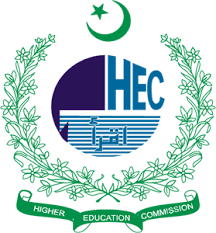Blockchain Technology in the Food Supply Chain: Empirical Evidence from Punjab Province of Pakistan
DOI:
https://doi.org/10.59075/jssa.v1i4.163Keywords:
Blockchain, Food Supply Chain, Traceability, Punjab, Transparency, Empirical EvidenceAbstract
The food supply chain in Punjab, Pakistan, faces numerous challenges, including inefficiencies, lack of transparency, and food safety concerns. Block chain technology has emerged as a promising solution to enhance traceability, security, and efficiency in supply chain management. This study examines the impact of block chain adoption in the food supply chain through empirical evidence from Punjab province. A mixed-method approach, including surveys and case studies, was employed to analyze stakeholders' perceptions, benefits, and challenges associated with block chain implementation. The findings suggest that block chain enhances transparency, reduces fraud, and improves consumer trust by enabling real-time track Indofood products. However, challenges such as high implementation costs, lack of technical expertise, and regulatory hurdles hinder its widespread adoption. The study concludes that while block chain technology offers significant potential for revolutionizing Punjab’s food supply chain, addressing infrastructure and policy-related barriers is crucial for its successful implementation.
Downloads
Published
How to Cite
Issue
Section
License
Copyright (c) 2025 Journal for Social Science Archives

This work is licensed under a Creative Commons Attribution 4.0 International License.



